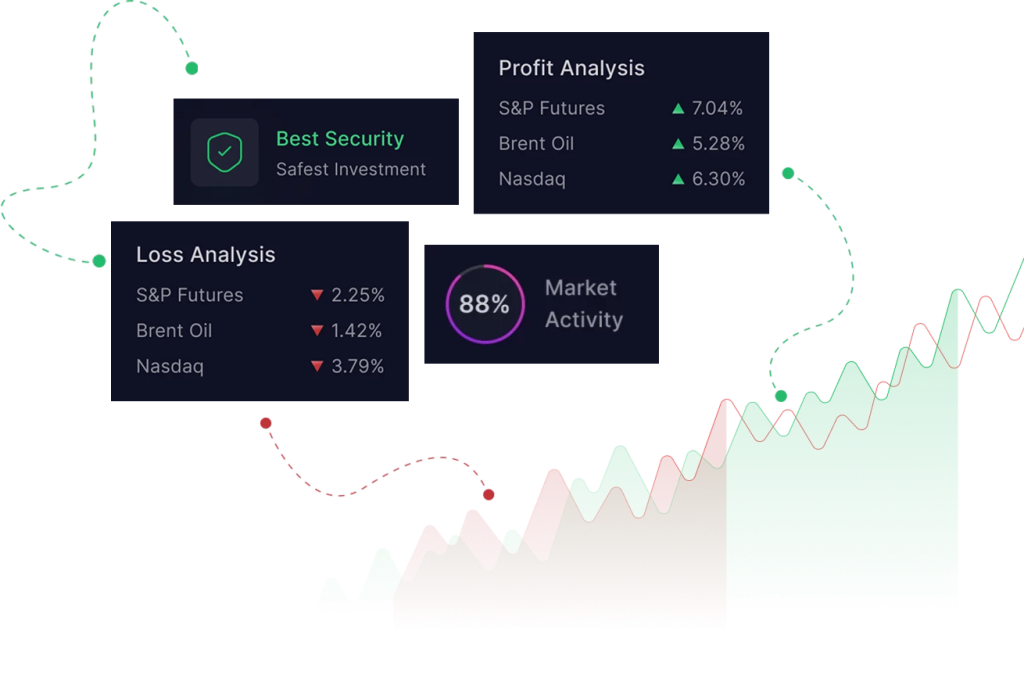6 hacks for your enterprise's network bandwidth usage checking

In today's data-driven world, efficient bandwidth management is crucial for any enterprise relying on digital communication and cloud services. With increasing demands on your network from video conferencing to large-scale data transfers knowing exactly how your bandwidth is being used is no longer optional. That’s where having a strong network bandwidth monitor and effective broadband network traffic management strategy comes in.
Here are six actionable hacks that can help your enterprise better understand and control bandwidth usage without needing a full network overhaul.
1. Use a Dedicated Network Bandwidth Monitor
The first and most essential step is to implement a reliable network bandwidth monitor. This tool continuously analyzes your traffic, giving you real-time insights into which devices, applications, or users are consuming the most bandwidth.
There are numerous tools available both open-source and enterprise-grade that provide dashboard views, traffic patterns, and even alerts for abnormal spikes. Tools like PRTG Network Monitor, SolarWinds, and Wireshark are popular among IT admins for this reason. With detailed analytics, you can detect bottlenecks before they impact performance.
2. Segment Your Network for Better Traffic Visibility
One often overlooked method of improving bandwidth usage visibility is network segmentation. By dividing your enterprise network into subnets
such as separating departments or different service types—you can track usage more granularly.
This segmentation allows the network bandwidth monitor to identify which segment is putting stress on the system, helping you allocate bandwidth more efficiently. For example, if the marketing team is streaming videos or uploading large media files, you can prioritize traffic accordingly or schedule such tasks during off-peak hours.
3. Set Up QoS (Quality of Service) Rules
Broadband network traffic management isn't just about monitoring—it's also about control. One powerful way to gain control is through Quality of Service (QoS) configuration. QoS lets you prioritize traffic types such as VoIP calls, video conferencing, or essential business applications over less critical services like file downloads or social media access.
Implementing QoS rules ensures that mission-critical operations aren’t disrupted by bandwidth-hogging background processes. This strategy is particularly helpful during peak usage hours when bandwidth availability is tight.
4. Monitor Cloud and SaaS Usage
As enterprises shift toward cloud-based applications and Software-as-a-Service (SaaS) platforms, bandwidth usage patterns have changed. Services like Microsoft Teams, Google Workspace, and cloud storage platforms often consume a surprising amount of bandwidth—especially during automatic backups or updates.
A network bandwidth monitor that includes cloud application tracking can help identify whether bandwidth issues stem from cloud usage. Once detected, policies can be enforced to restrict background updates to non-working hours or limit sync intervals, thus optimizing available bandwidth.
5. Conduct Regular Traffic Audits
Staying ahead of bandwidth issues means being proactive. One of the best ways to do that is by conducting regular network traffic audits. Use your monitoring tools to generate weekly or monthly reports to review bandwidth trends, peak usage times, and traffic anomalies.
Traffic audits also help identify rogue applications or unauthorized devices using enterprise bandwidth. By cleaning up unnecessary traffic sources, you streamline your broadband network traffic management strategy and improve overall performance.
6. Employ AI-Driven Traffic Analysis
If you're managing a large-scale enterprise network, manual monitoring might not be enough. AI-powered solutions can help analyze vast amounts of data quickly and identify patterns that human eyes might miss. These systems use machine learning to predict congestion, suggest better bandwidth allocation, and even automate some network adjustments.
Some modern network bandwidth monitor platforms now come with built-in AI capabilities, offering real-time alerts and predictive analytics. These features can significantly enhance your ability to manage bandwidth proactively rather than reactively.
Bonus Tip: Involve Your End Users
While technical tools are essential, involving end users in the process can go a long way. Educate employees on best practices like avoiding large downloads during work hours, closing unused applications, or using offline modes when possible.
Creating a bandwidth usage policy and making it part of your onboarding process ensures everyone understands the role they play in broadband network traffic management. Sometimes small behavioral changes can have a significant impact on network performance.
Final Thoughts
Managing enterprise bandwidth doesn’t have to be complicated or costly. With the right tools and smart strategies in place, you can ensure optimal performance, reduce downtime, and make the most of your existing infrastructure. A good network bandwidth monitor is your first line of defense, and when paired with techniques like segmentation, QoS, and AI-powered analysis, your enterprise is well-equipped to tackle any bandwidth challenges that arise.
Stay ahead of the curve, audit frequently, and leverage technology to transform bandwidth monitoring from a reactive task into a proactive advantage.







